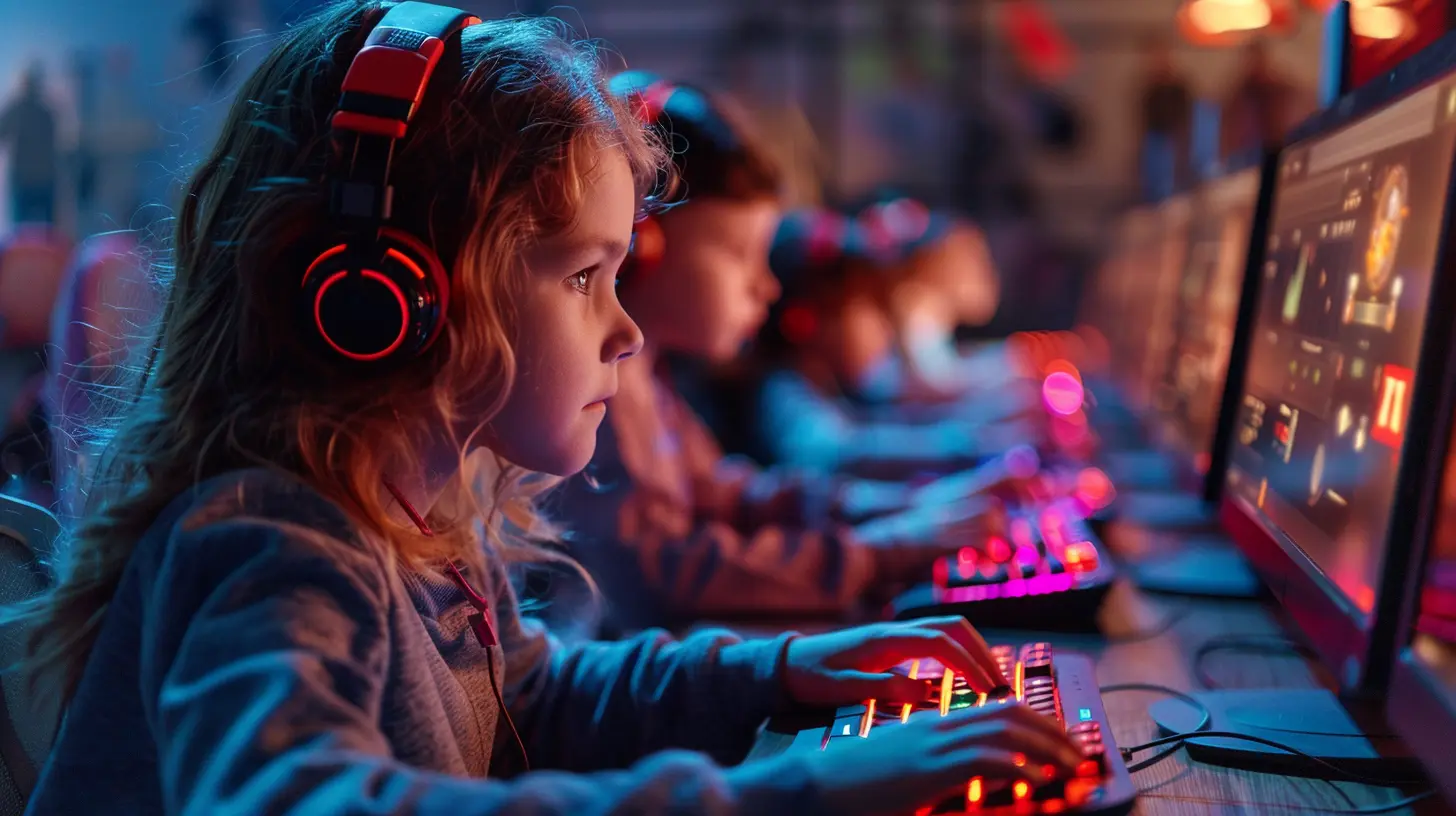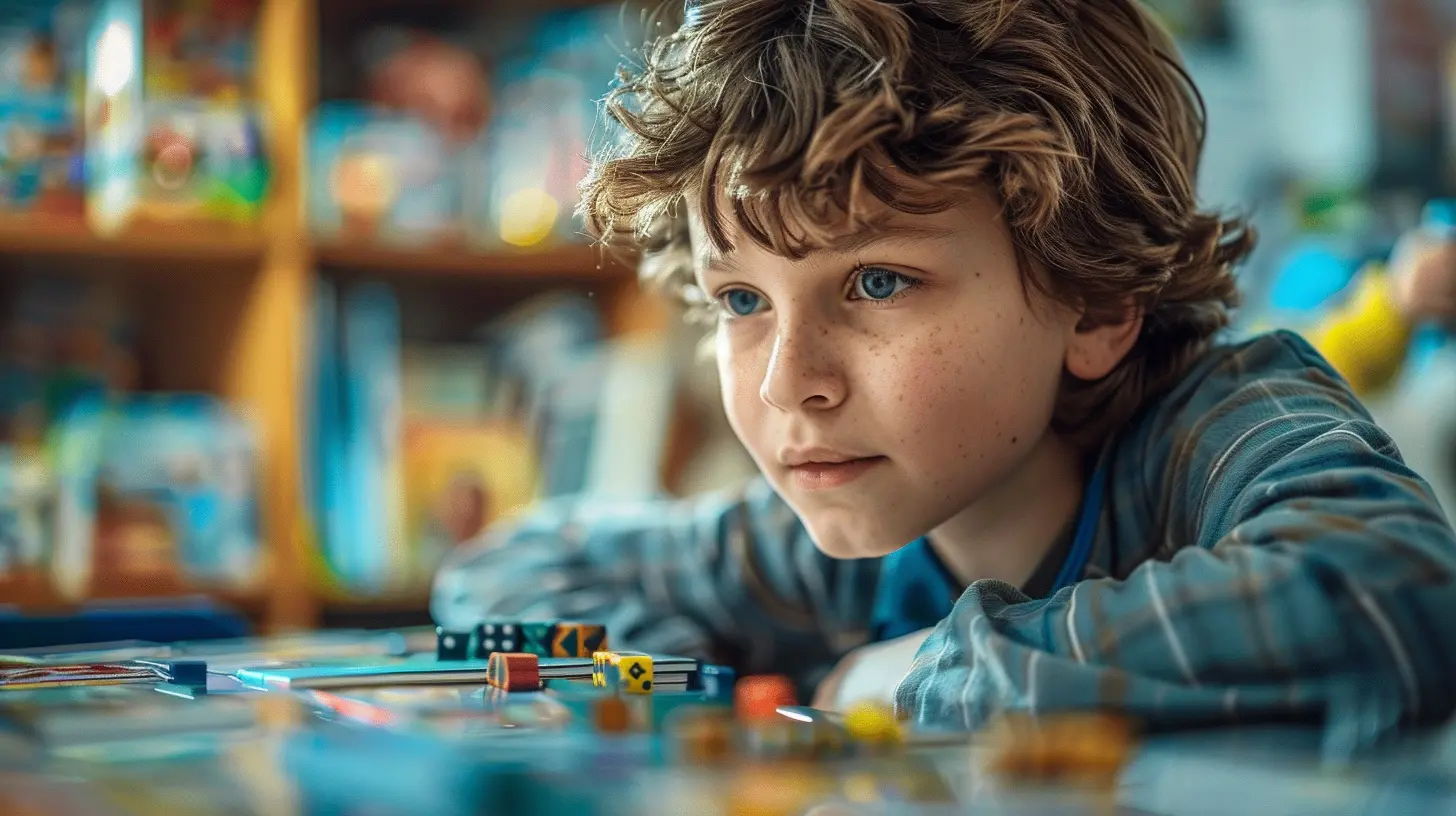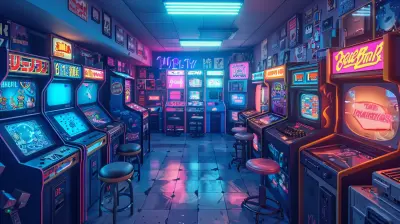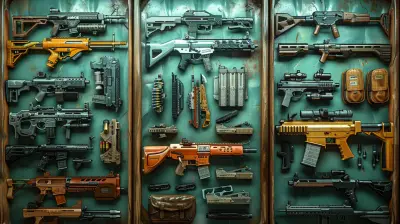Why Game Design Should Be Taught in Schools
17 November 2025
Let’s be honest—most schools still follow a system that hasn’t really changed in over a hundred years. That’s a problem. We live in the age of tech, innovation, and interactive experiences. But for some reason, many schools still place more importance on memorizing ancient dates than on teaching skills that could actually get kids hired in the modern world. One of those skills? Game design.
Yeah, you read that right—game design.
Now before you roll your eyes thinking "Just what we need, more kids glued to screens," let’s dig deeper. Game design isn’t just about making Fortnite clones or mobile candy-crushing time-wasters. It’s a deeply creative, highly technical, problem-solving-packed discipline that teaches kids how to think, plan, design, collaborate, and innovate. In short, it’s one of the most future-ready fields out there. So let’s break it down.
What Exactly is Game Design?
Game design is the art and science of creating interactive experiences—usually with a story, challenges, goals, and, of course, fun mechanics. But it's way more than just plugging in a few graphics and calling it a day.Think about what it takes to build a game from scratch:
- Storytelling and narrative development
- Visual design and user interface work
- Programming and scripting logic
- Psychology of motivation and engagement
- Team communication and collaboration
- Playtesting and iterative problem solving
Basically, game design is like building a tiny universe from the ground up and making it compelling enough that people want to live in it—even if it’s just for a few hours.
Now ask yourself: wouldn’t any student benefit from learning that stuff?
Let’s Get Real—Kids Are Already Playing Games
If you walk into any middle school or high school, odds are that most students are already deep into games. Whether it’s Minecraft, League of Legends, Roblox, or something else, games are a massive part of their world. So instead of treating games like the enemy, why not turn that passion into a creative superpower?Kids learning traditional subjects often ask, “When am I ever going to use this?” But if you teach game design, they instantly see the point. They already love games. Now they get to learn how to make them. Motivation? Checked.
Game Design Boosts Critical Thinking
Game design isn’t easy. In fact, it can be downright hard. That’s exactly why it works.When students design games, they learn how to:
- Break down problems into smaller pieces
- Think ahead and plan systems
- Predict user behavior
- Spot what’s not working and fix it
- Test their creations and iterate
This is critical thinking in action. It’s learning by doing, not memorizing. And these are the exact skills we say we want students to have—analysis, creativity, logic, and experimentation.
You could spend a semester reading about systems theory, or you could build a functioning game and live it.
It’s a Playground for Creativity
Game design turns students into creators, not just consumers. They get to imagine worlds, characters, mechanics, and stories. They bring ideas to life.Instead of writing a five-paragraph essay where every student interprets the same poem, why not let them build a game that tells their story? Want to teach storytelling? Game narratives are full of branching paths, character arcs, and brilliant plot twists. Want to teach art? Students can design their own sprites and levels. Want them to work on music? Let them score their game’s soundtrack.
Game design is an open canvas for creativity—it’s like the modern version of writing a novel, painting a masterpiece, or producing a short film. Except it combines all of those into one.
It Encourages Collaboration and Real-World Skills
Let’s talk about the real world for a minute. In nearly every industry, collaboration is king. Game design teaches that in spades.Very few games are made by a single genius working in isolation. Games are built by teams—writers, designers, developers, artists, and sound engineers working together. That’s the same teamwork you’d find in a startup, a tech company, or even a film studio.
By building games in school, students learn how to bounce ideas off each other, give and receive feedback, manage projects, delegate tasks, and hit deadlines. These are real, career-ready skills that almost every employer wants.
Game Design Covers Multiple Disciplines
Here’s where game design really outshines traditional subjects: it’s an interdisciplinary powerhouse.One game design project can teach:
- Math – algorithms, geometry, physics, logic
- English – storytelling, dialogue, theme exploration
- Art – design, animation, color theory
- Computer Science – coding, debugging, AI
- Psychology – behavior, rewards, user experience
- Music – sound design, rhythm, audio engineering
In short, it’s a one-stop shop for STEAM learning (Science, Technology, Engineering, Art, Math). That’s the kind of integrated education we keep saying we need more of.
It Helps Students Build Real Portfolios
Applying to college or looking for an internship? Having a playable game you made from scratch is a killer portfolio piece. It shows initiative, creativity, problem solving, and tech skills—all in one place.Unlike a multiple-choice test, a finished game is a tangible, interactive project that speaks volumes. And even better, students can keep refining it, adding to it, and releasing it to the world.
Imagine being 17 and saying, “Oh yeah, I built this game over the summer. Want to try it?” That’s powerful.
It Prepares Students for the Future Job Market
Let’s face it—game design isn’t just "fun and games." It’s serious business.The global games industry is worth over $200 billion. And it’s expanding fast. Jobs in game development, art, design, marketing, and production are on the rise.
And even if students don’t end up working in gaming, the skills they learn carry over to tons of future-forward careers:
- Software engineering
- UX/UI design
- Product management
- Animation and film production
- Virtual and augmented reality
- Artificial intelligence
Teaching game design is like giving students a toolkit for the digital economy. It’s not just a hobby; it’s a head start.
It Makes Learning Fun (Yes, Really)
Let’s be real—students don’t always love coming to school.But when class becomes the place where you get to design a horror survival game, create pixel art, or simulate alien ecosystems, that changes. Game design has the power to make school exciting again. It’s not about replacing core subjects—it’s about enhancing them with tools that make kids care.
Studies show that when learning is tied to creativity and play, retention goes up. Engagement goes up. Attendance goes up. Suddenly, school feels less like a chore and more like a quest.
So, What Needs to Happen?
We’re not saying every school needs a AAA game dev program. But more schools should offer:- Game design electives
- Coding clubs with a focus on games
- Interdisciplinary projects centered around game creation
- Partnerships with tech companies or game studios
- Access to tools like Unity, Unreal Engine, or Godot
Teachers don’t even need to be pro developers. There are tons of free resources, curriculums, and communities out there. The key is just to start.
Addressing the Skeptics
“Isn’t this just encouraging more screen time?”Nope. Designing is different than playing. It’s active, not passive. It’s creation, not consumption.
“But what about traditional subjects?”
Game design doesn’t replace them—it enhances them. Kids can learn physics by programming gravity or math by designing a jump arc.
“Won’t this only work for tech-savvy kids?”
Actually, everyone can find their role. Some students love art. Others love coding. Some shine in storytelling, while others are natural-born project managers. Game design is one of the few fields where every passion has a place.
Final Thoughts
Game design isn’t a distraction from “real” learning—it’s a gateway to it. It combines the skills we want students to learn with the motivation they’re desperately missing. It’s part art, part science, all creativity.If we want to prepare kids for the digital world (and let’s face it, we should), then teaching game design isn’t optional anymore. It’s essential.
It’s time schools stop seeing games as a waste of time and start seeing game design as the education revolution it's trying to be.
all images in this post were generated using AI tools
Category:
Educational GamesAuthor:

Stephanie Abbott

